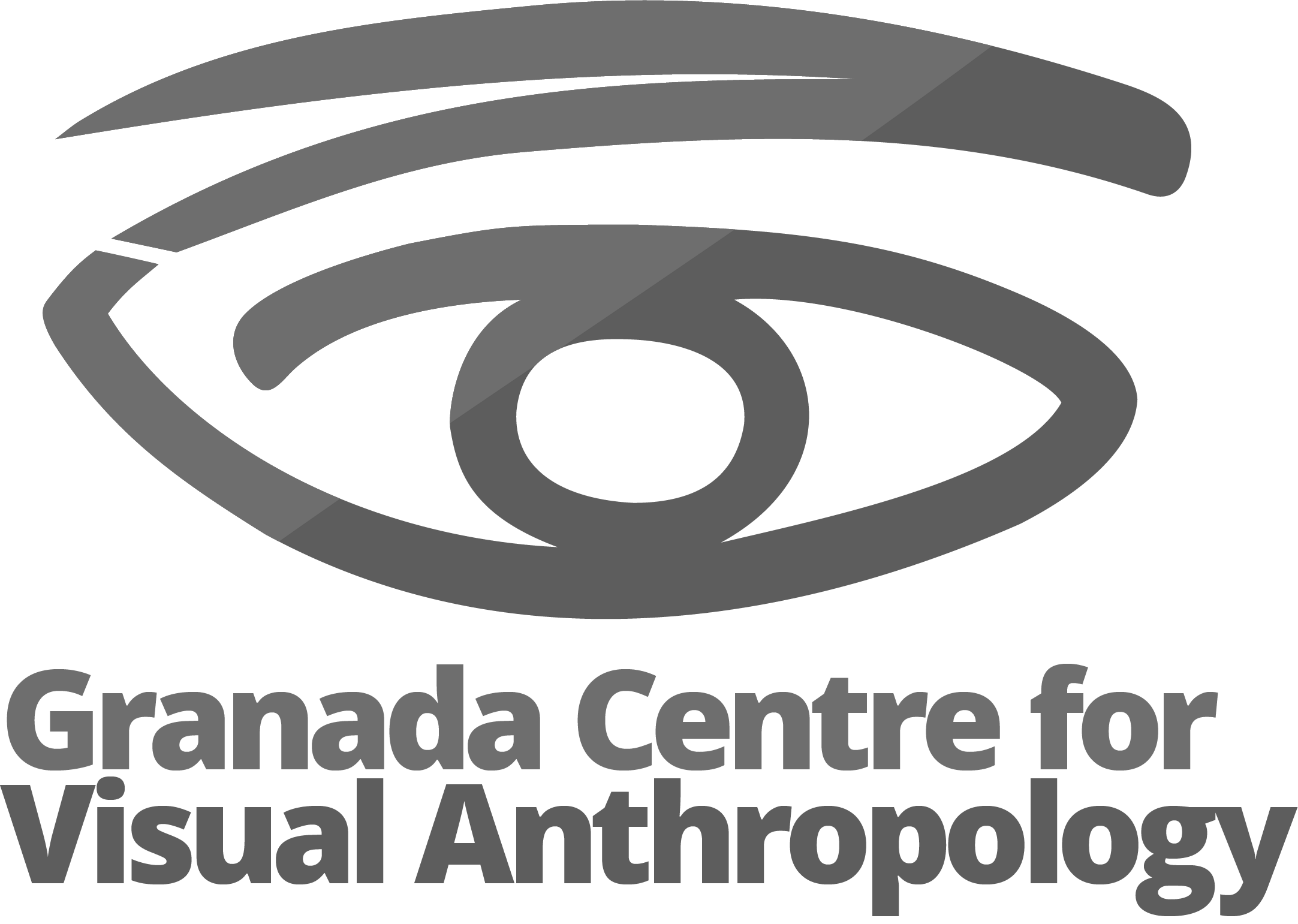Winged adventures of the Caribbean Colombia
(by Danny Zurc)
In the Caribbean region of Colombia many bat species occupy both terrestrial grazing land and lagoon surroundings. This recording, made near a lagoon (see attached photo), is a perfect example of how diverse echolocations calls can be. So, with a bioacoustic analysis of such a soundscape—looking at differences in frequencies, pulse and call duration—we can identify different families of bats (something that we cannot do just by looking at the landscape). In this particular case, the visual representation of the spectrum of frequencies (called ‘spectrogram’) reveals individuals of three bat families: Vespertilionidae, Emballonuridae and Molossidae. We know this because ‘Bat 1’ has 60.2kHz of maximum energy frequency and the pulse duration is 21ms; ‘Bat 2’ has 48.3kHz of maximum energy frequency and the pulse duration is 32ms; and ‘Bat 3’ has 16.3kHz of maximum energy frequency and the pulse duration is 23ms. In short, the sound analysis of echolocation calls is very useful in order to identify groups of individuals in contexts where you have many bats flying around at the same tim.







